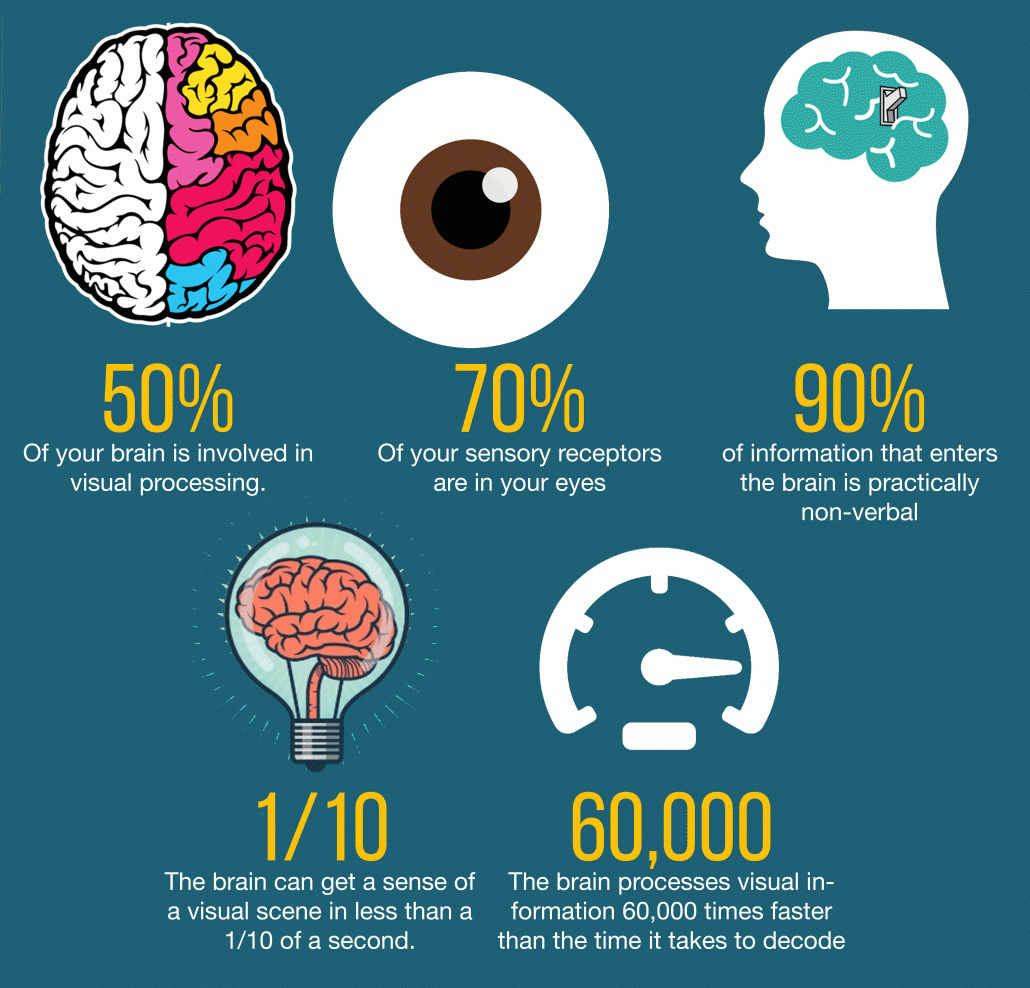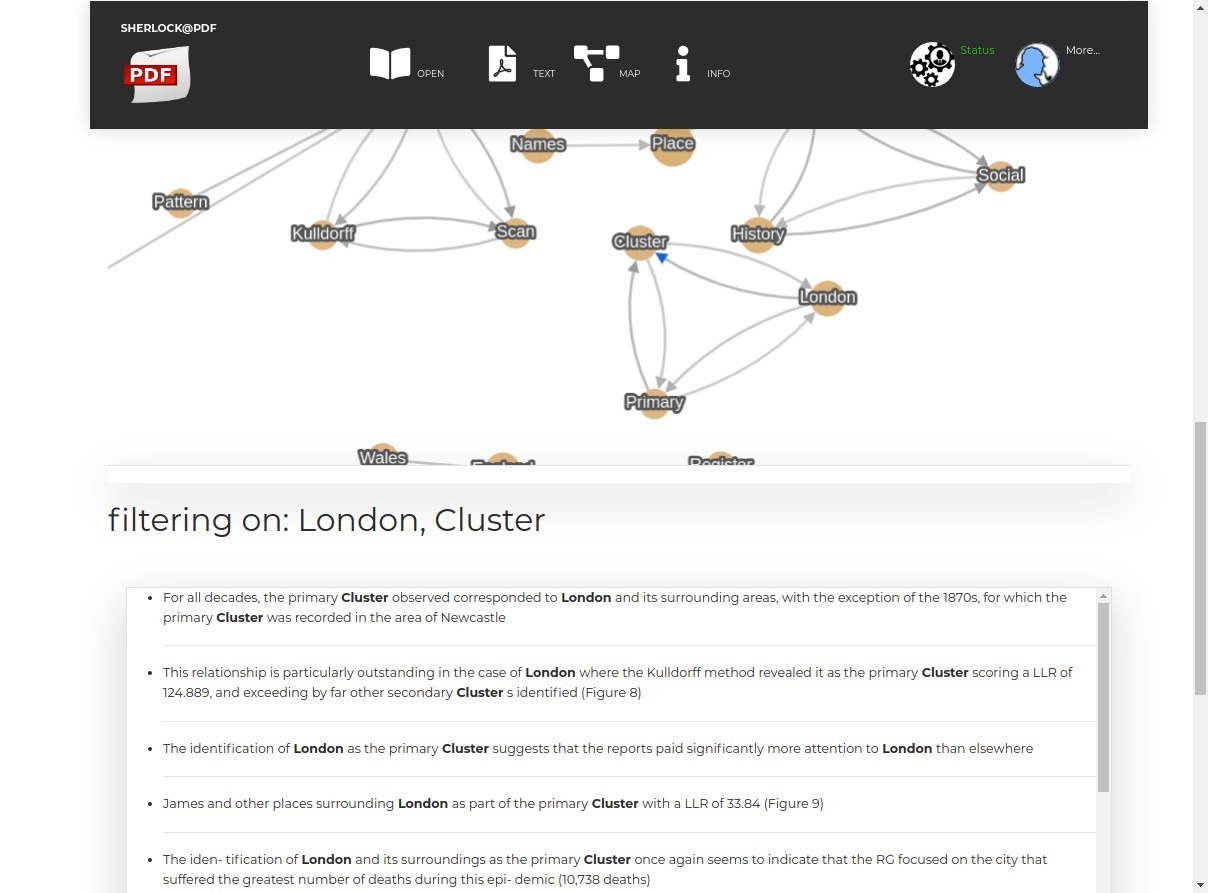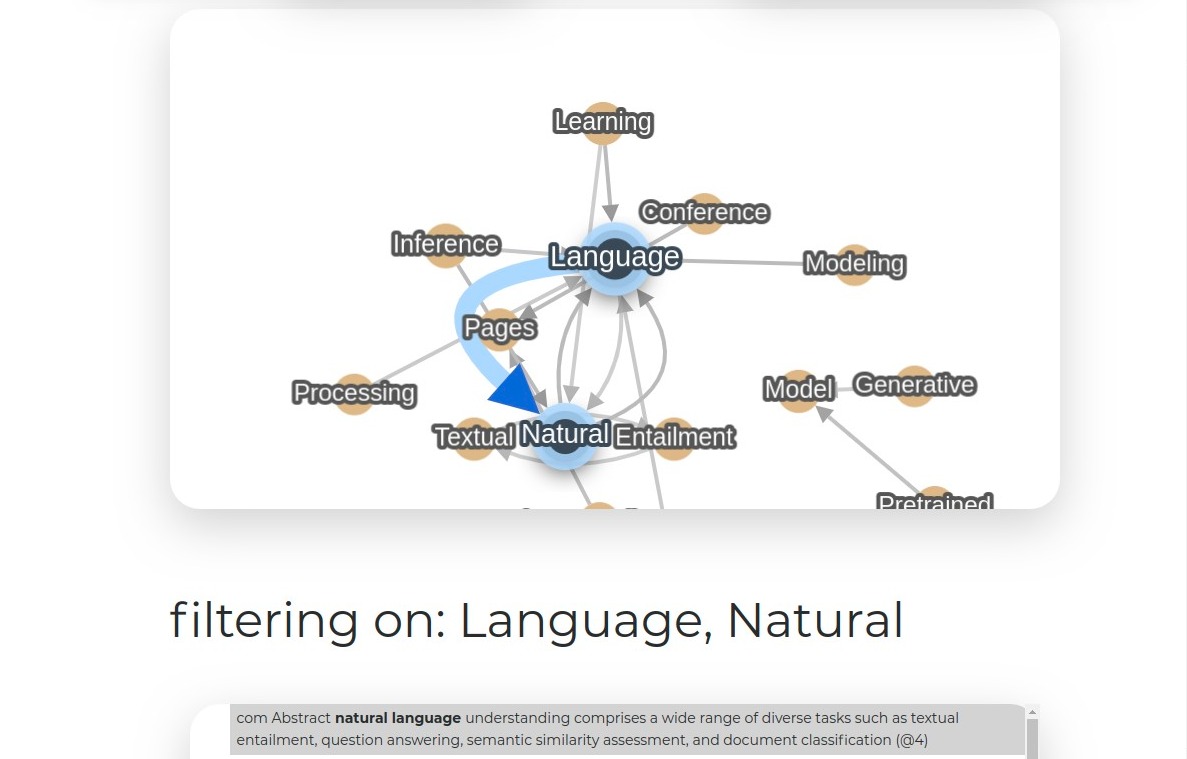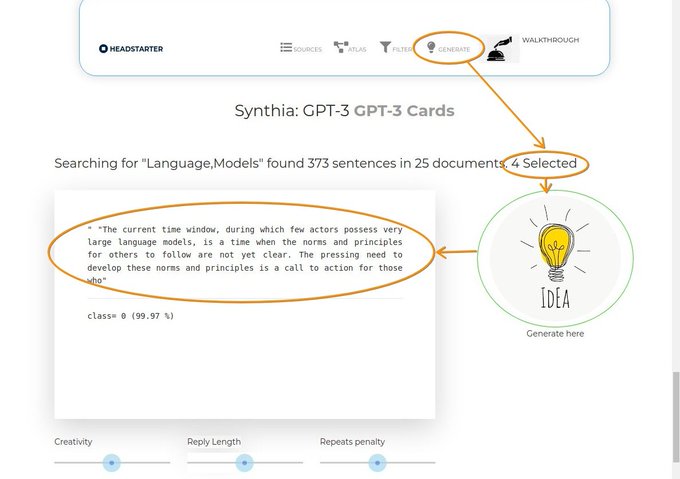Research has found that 65 percent of the general population are visual learners, meaning they need to see information in order to retain it.
Visuals add a component to communication that written and verbal methods do not: speed.
Studies have shown that the brain can process images and videos 60,000 times faster than text, making image-based communication remarkably valuable.
People retain 80 percent of what they see, compared to 20 percent of what they read and only 10 percent of what they hear.

Not only will you get more out of a visual representation, your computers will as well. The world of networks has a rich and much optimised set of tools to tease out relationships from graphs.
By making graphs from texts Headstarter brings that power to text analysis. Now you can find sentences by keywords, and explore texts in a non-linear way that is more intuitive and open-ended.

The human mind is easy to overwhelm, with a rather restricted memory for objects in focus. For example, in Kim's Game players are only asked to remember fifteen items on a tray.
Sherlock helps directly by showing a small window of the keywords in a document; using graph theory it can also provide a window on very large graphs that can occur when many maps are overlaid.

Headstarter passed through OpenAI's private beta program early in 2021 by showing how features discovered by Sherlock could locate the user in GPT-3, and improve focus thereby. That approach is now exclusively available in Concepto.
When documents are uploaded to Concepto they are automatically scanned for keyword patterns that can be used to identify sentences by theme, across all documents.
Imagine GPT-3 as a parrot that has heard and remembered everything, but understood nothing. The challenge is to prompt the parrot to remember relevant stuff. That's why themed sentences selected by the user produce such plausible results.
